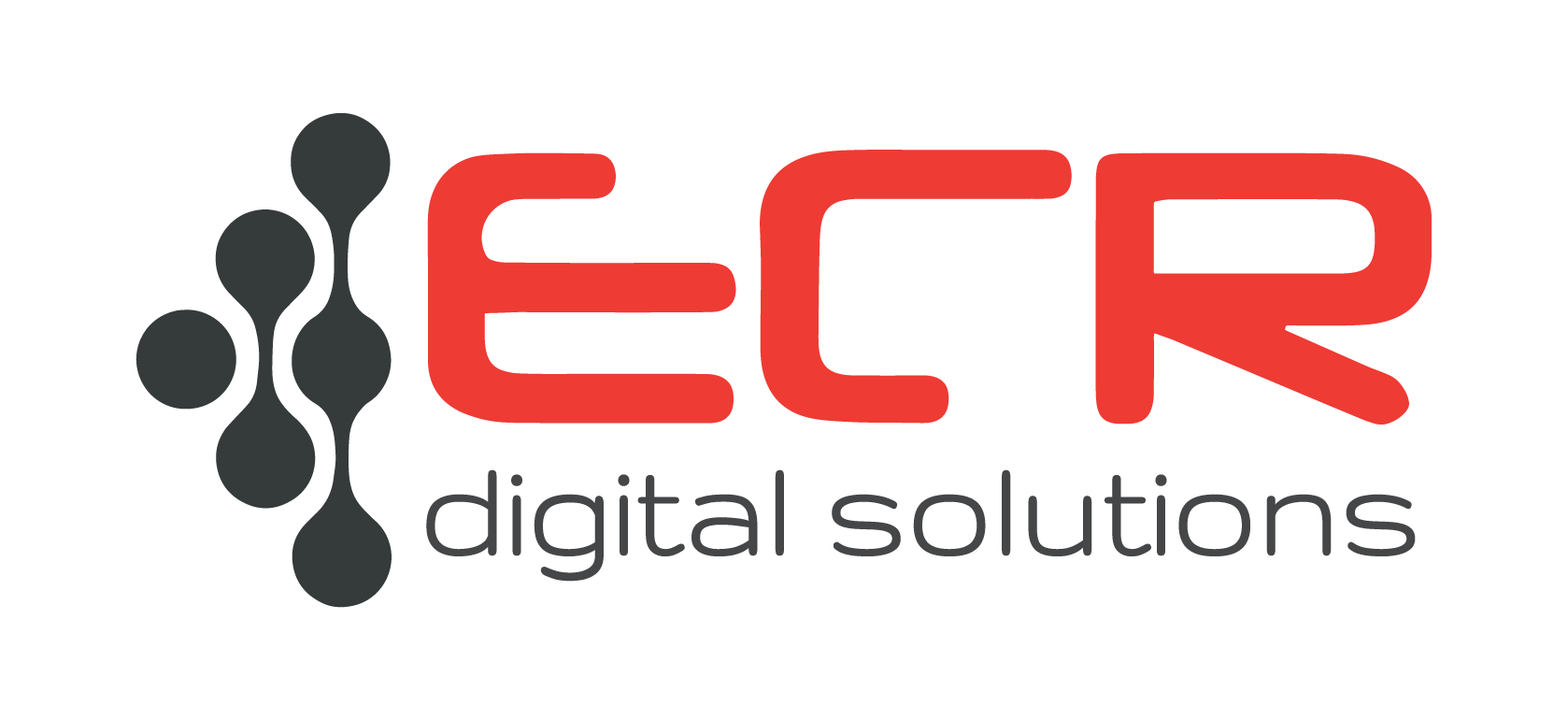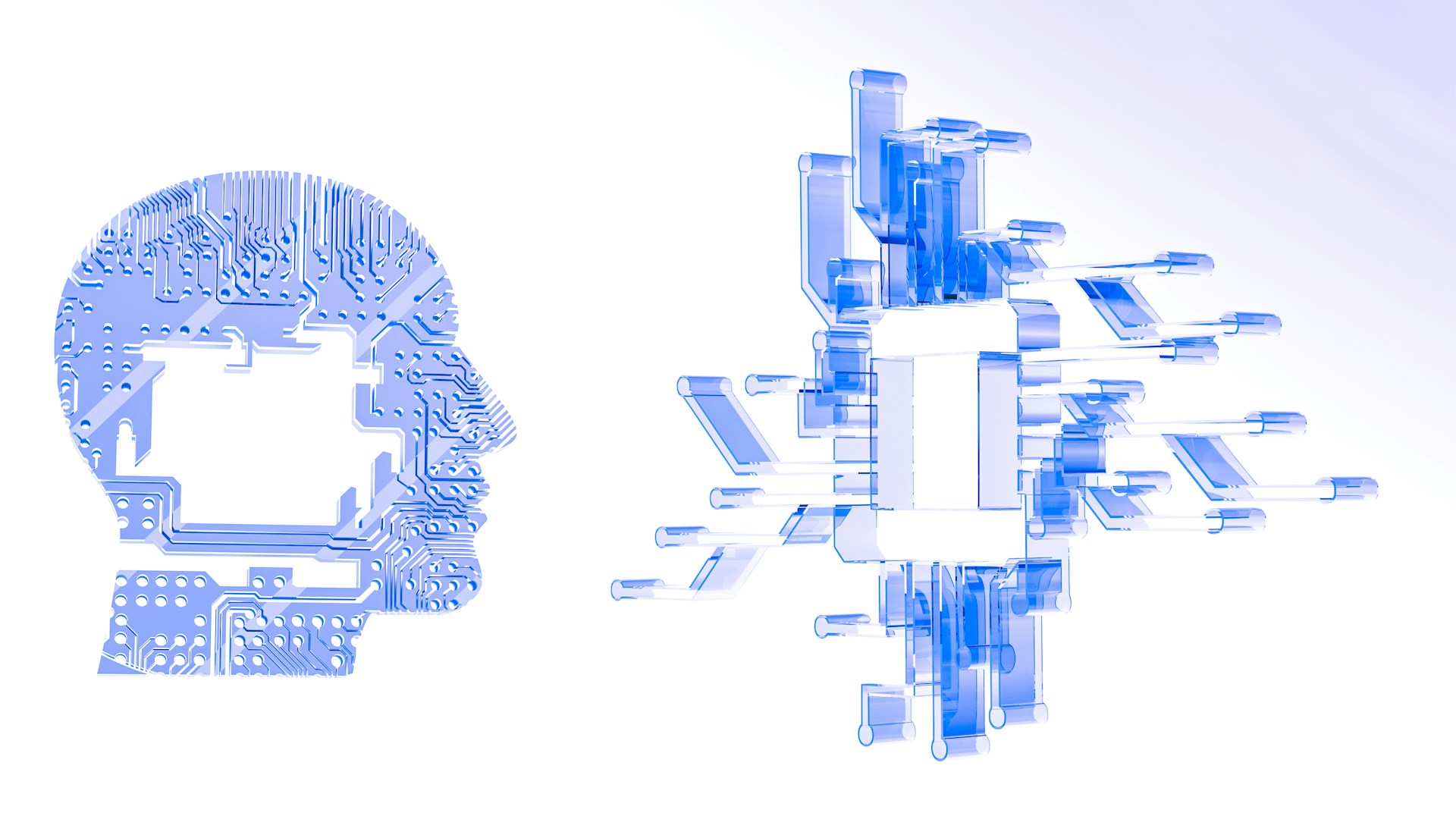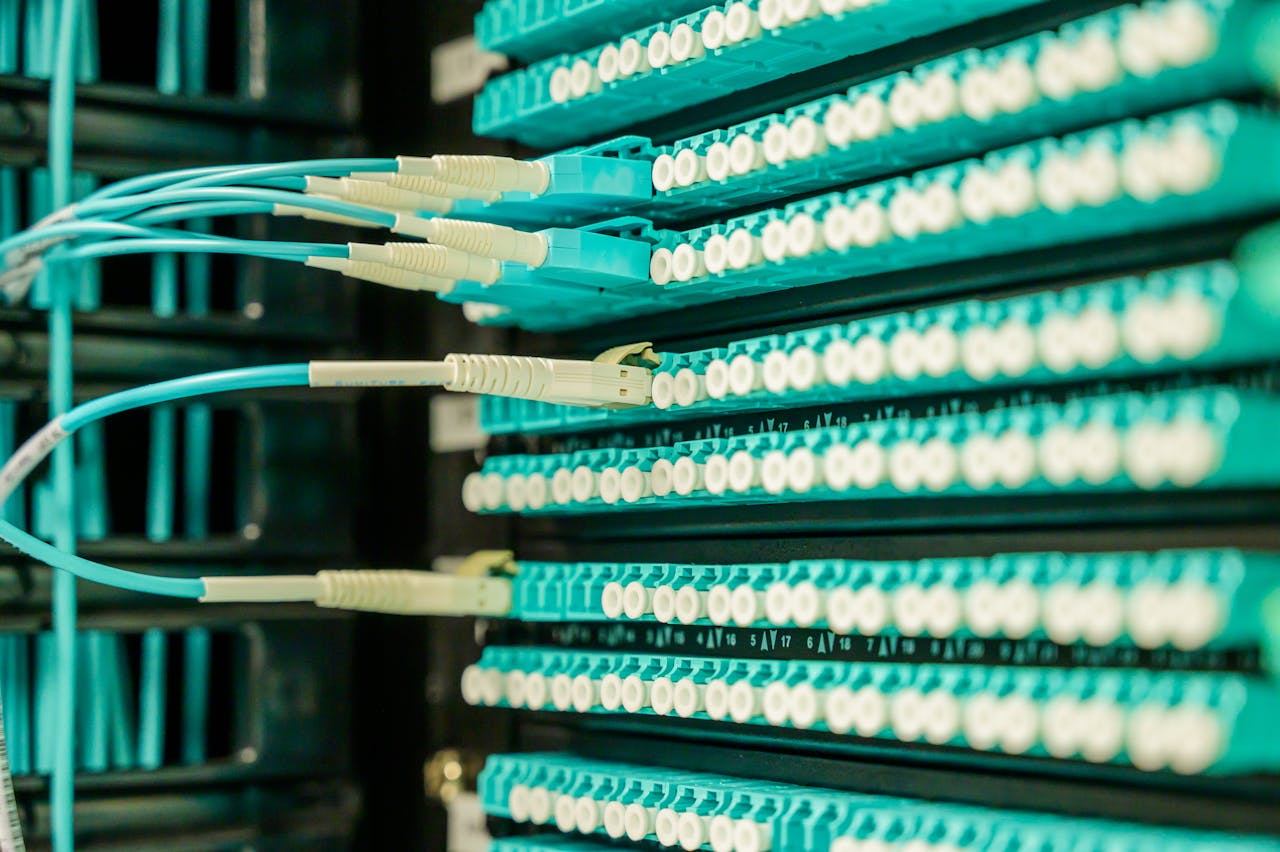Blockchain and Cryptocurrency: How to Apply Blockchain Properly
Thu 13/03/2025 read 1686 views
The Future of Information Technology Applications: How Usage is Changing in the Near Future
Introduction
The rapid evolution of information technology (IT) applications is shaping how people consume, interact, and secure their data. With increasing demands for accurate, concise, and fast information, IT applications are undergoing transformative changes. This article explores the shifting landscape of IT applications, the challenges we face, and how future solutions will redefine user experiences.
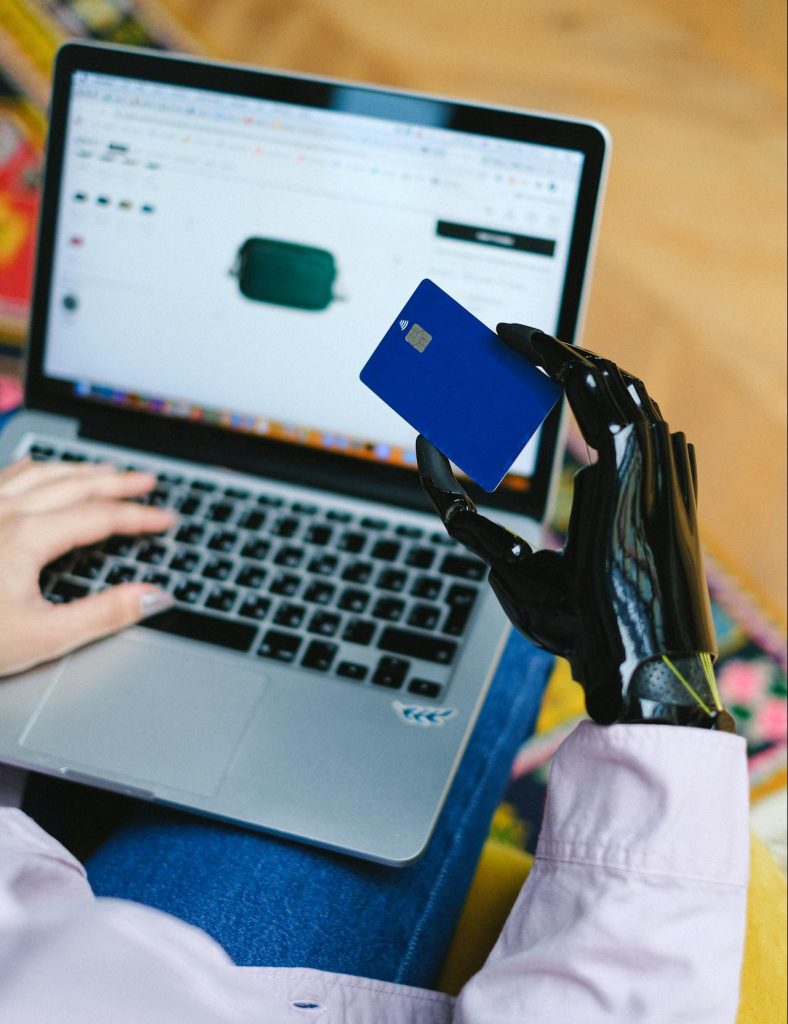
The Changing Landscape of IT Applications
1. The Need for Accurate, Fast, and Concise Information
Users now require real-time, precise, and condensed information. Long-form content is increasingly being replaced by short, structured, and actionable insights. Whether in business reports, news, or social media, the trend is shifting towards bite-sized content for easier consumption.
2. AI-Powered Shopping Applications
E-commerce platforms are leveraging AI-driven recommendation engines to provide personalized shopping experiences. Based on past purchases and search histories, these applications suggest relevant products, enhancing user engagement and sales. This approach helps businesses retain customers and improves convenience for buyers.
3. Enhanced Security and Privacy Measures
As concerns over data privacy grow, IT applications are integrating stronger encryption, anonymized user profiles, and decentralized data storage solutions. Stricter regulations are also pushing companies to be more transparent about data collection and usage policies. The future of IT will prioritize security and allow users to control their personal information.
Solutions for the Future of IT Applications
1. Alternative Data Input Methods
Traditional text-based inputs are being supplemented by advanced data collection techniques. Speech recognition, image processing, and gesture-based interactions are becoming more prevalent. These innovations reduce dependency on manual data entry, making interactions more intuitive.
2. Implementing Vector Databases for Smarter Search
In addition to conventional structured databases (OLTP, OLAP), vector-based databases are emerging as a powerful solution. These databases allow more flexible and context-aware searches, improving information retrieval across various domains, including AI-powered search engines and recommendation systems.
3. Anonymous Mode & User Control Over Data
IT applications will provide users with an anonymous mode, allowing them to interact without leaving identifiable digital footprints. This means users will have the power to decide what data they share, ensuring greater privacy. However, this also presents challenges for developers, as balancing personalization and anonymity requires sophisticated application design.
4. Personalized User Experience Over Mass Broadcasting
Rather than creating content or recommendations for a broad audience, IT applications will shift towards hyper-personalization. AI-driven systems will analyze individual preferences to deliver custom-tailored experiences, providing users with relevant information and suggestions that cater specifically to their needs.
Conclusion
The future of IT applications is heading toward greater accuracy, security, and personalization. With the integration of alternative data collection methods, enhanced privacy controls, and AI-powered recommendation systems, users will have a more seamless and secure digital experience. Businesses and developers must adapt to these changes by investing in new technologies that prioritize user-centric design, data security, and AI-driven personalization.
Related articles
